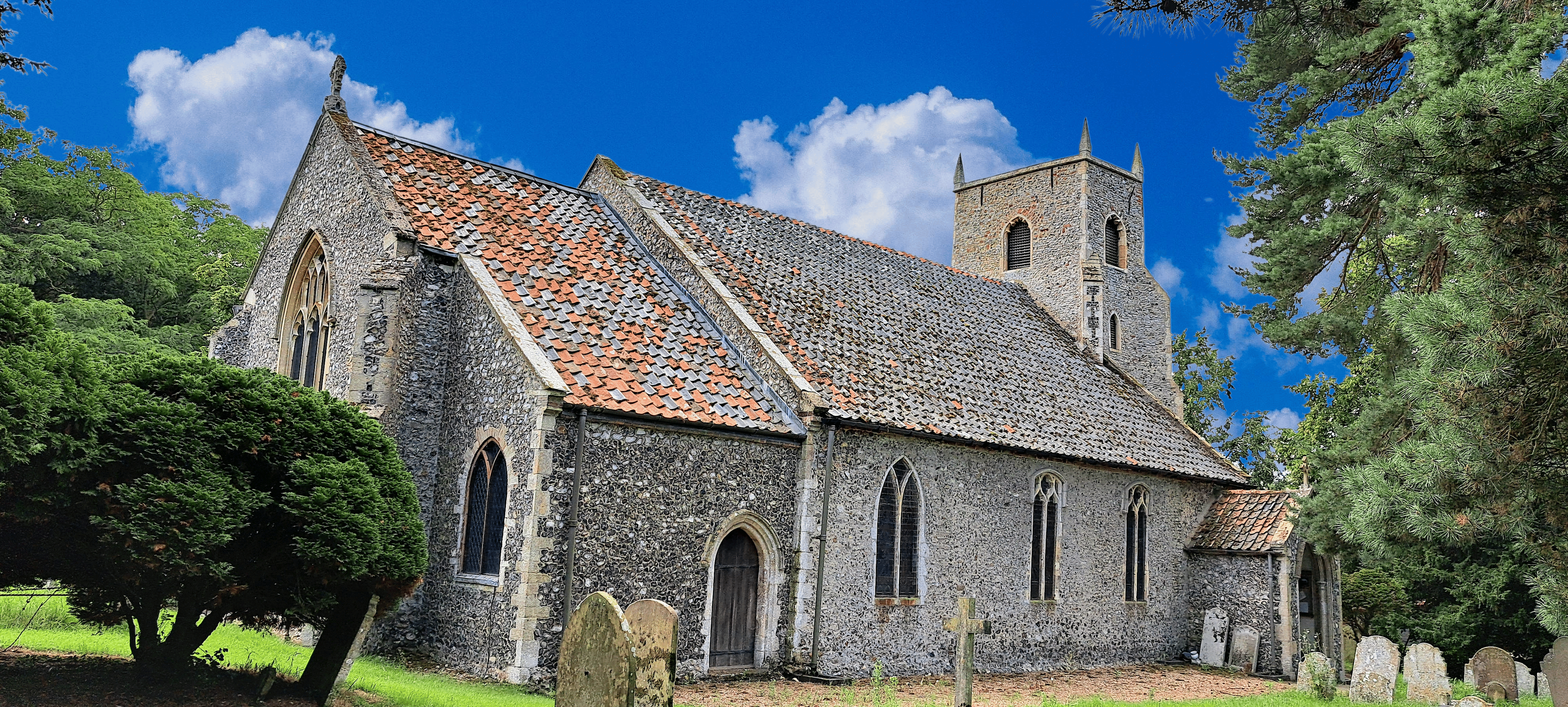

St Margaret of Antioch: Felthorpe
The Church is open daily from 9am to 4pm
A Church Near You - St. Margaret Felthorpe
Green and sustainable
- St. Margaret's team started on their sustainability and eco-church project in 2021 and have worked quietly away since that time.
- There are now nest boxes in the churchyard along with insect hotels.
- Wild flowers and bluebells are maintained in the wooded areas.
- Where possible LED lighting is used and and the church heating is under seat type which has reduced the need for longer "on" time.
- Everything is done to reduce their carbon footprint at St Margaret's together with preserving their old buildings and heritage and traditions.
- On the refreshments front, compostable cups are used with either reusable or recycleable plates etc.
- There is still more to do but progress is in the right direction as the small team work on their greening and sustainability agenda.


